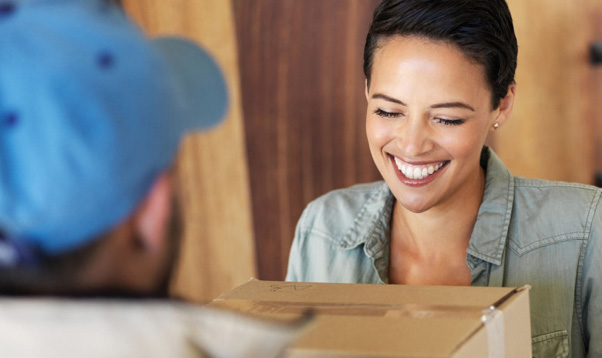Insights from Zebra’s 13th Annual Shopper Vision Study
Despite the disruption caused by COVID-19 on the retail industry, shoppers’ basic motivations remain unchanged. Shoppers still expect the items that they want to be readily available at the best value with transactions that are a breeze. However, many retailers are struggling to deliver on these expectations.
Safety has become the new standard as shoppers demand a blend of the online and in-store experience. The pandemic exposed and amplified retailers’ existing challenges, but from crisis comes opportunity and retailers can meet the moment by delivering on shopper expectations with technology.
Zebra’s 13th annual shopper vision study surveyed over 5,000 shoppers, store employees and retail executives globally to gauge the attitudes, behaviours and expectations impacting both brick-and-mortar and online retail. The results glean a number of important insights and opportunities for retail leaders.
The perception gap between retailers and customers
The world of retail and shopping has been turned upside down. With it, overall shopper satisfaction has dipped year-over-year for both in-store and online shopping. While retailers may believe they’re delivering on shopper expectations, Zebra’s survey reveals a disconnect. Shoppers are markedly less satisfied with retailers than retail executives believe.
For example, while 91% of retail executives believe shoppers are satisfied with safety precautions in-store, only 65% of shoppers said they were, highlighting the perception gap.
Pain points for shoppers from returns to out of stocks have increased. The omnichannel strain on retailers is showing as they struggle to meet the expectations of an on-demand world. As shoppers shift to a digital and safety-first mindset, retailers are moving to adopt innovative technology at a remarkable speed.
Retail-relevant technologies, from a device in every employee’s hand to intelligent automation and prescribed actions will no longer be trend-setting differentiators, but essentials to effective retail.
The bottom line is that retailers who embrace and invest in these technologies will not only be positioned to meet shopper expectations for safety, efficiency, and convenience, but to also close the trust gap that exists between shoppers and retail executives.
Tech-enabled employees
There’s no substitute for personal service—except personal service optimised by technology. It’s the key that keeps customers coming back again and again and it benefits employees too. 85% of employees say technology helps them provide a safe, comfortable, and convenient experience for customers, and 74% of customers agree.
For example, mobile computers can give employees instant inventory visibility at their fingertips, so they can help customers find out exactly where an item is, and how many are in stock. Nearly 8 in 10 store employees say real-time inventory visibility would help them provide better customer service.
Combining online + physical purchase options
Although shoppers continue to move towards online and mobile shopping, in-store shopping is still alive and necessary for retailers to provide a seamless omnichannel shopping experience. Customers expect safe, convenient, and integrated experiences from retailers wherever and however they shop. Retailers need to fully digitise and optimise to adapt to customers’ flexible shopping habits.
Retailers must combine the best of in-store and online retail to align with how their customers shop.
Nearly two-thirds of customers prefer to shop with online retailers who have physical locations, and 76% prefer retailers that offer easy return options.
Mobile ordering and delivery apps
Mobile ordering from smartphones and tablets has experienced tremendous growth, especially grocery delivery apps. It’s been key in helping to maintain social distancing and adherence to local guidelines. Shoppers express they are likely to keep using mobile ordering in the future, indicating it’s a habit that’s here to stay.
With 72% of shoppers currently using mobile ordering, and 82% likely to use it in the future, retailers need to ensure they have a flawless mobile ordering system to keep shoppers coming back.
Self-service options and contactless tech
The future looks bright for self-service and contactless technology. The number of shoppers using in-store solutions has grown, and shoppers indicate that their usage of self-checkout, cashless payment and personal shopping devices will increase in the future.
Speed and convenience are two major factors for this increase. Over 75% of shoppers want to get in and out of the store quickly, and self-checkout solutions can significantly reduce the waiting time in checkout queues or eliminate them altogether.
To read the full 2021 Shopper Vision Study, click here.

